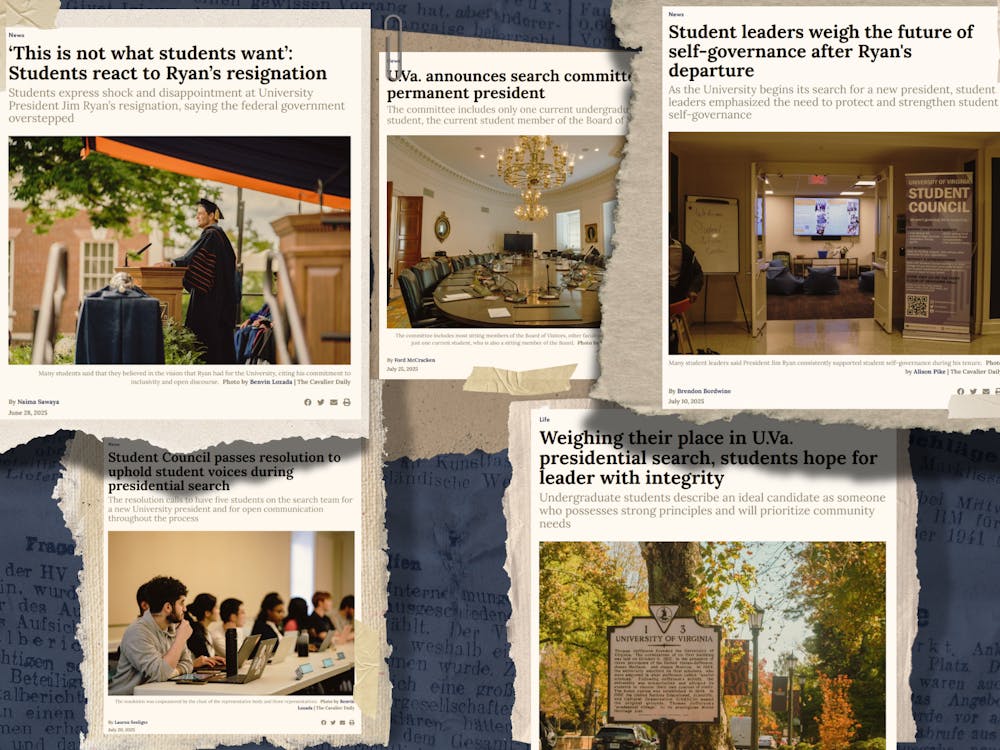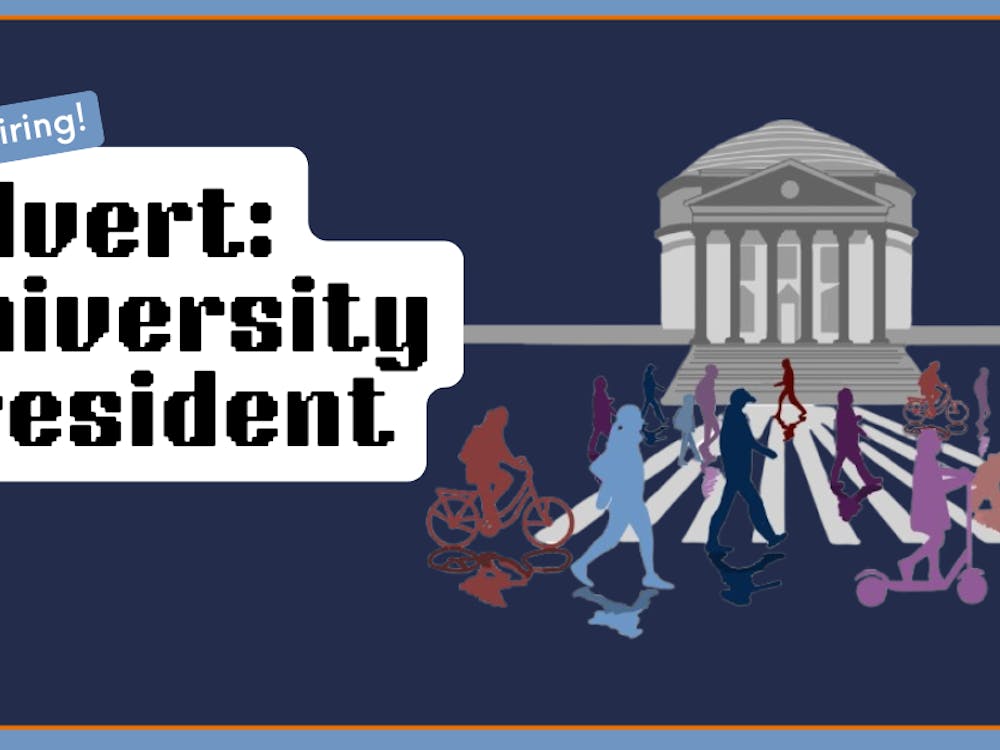Six months ago, regular donors to the University were worried about even discussing philanthropy because of the serious recession. Now, though, as the nation's economy begins to show signs of improvement, alumni are more willing to donate and more willing to discuss donations, said Bob Sweeney, senior vice president for development and public affairs.
"Nationwide, the economy made people stop and rethink their giving," University spokesperson Carol Wood said. Though the current economy is far from perfect, recent indications that the end is in sight have been encouraging to some prominent donors.
"It may not be a great economic environment, but the sense of clarity has a lot to do with confidence, and it's that confidence that allows people to think about giving to the University," Sweeney said, noting that donations totalled $12 million in July, $13 million in August and $26 million in September.
"[September] was a really good month," Sweeney said. "It is giving us confidence that we are turning a corner in how people feel about the economy."
The University currently is working to finish an ambitious $3 billion capital campaign, projected to wrap up before Dec. 31, 2011. Despite being slightly behind schedule on the project, Sweeney said he still expects the campaign to finish on time and on target.
Wood said the campaign reached its $2 billion mark in September - only a few weeks behind schedule - and added that in such a bad economy, only being a few weeks behind was "an amazing feat." She attributed the success to strong alumni loyalty.
Campaign contributions are separated into three distinct areas, Sweeney said. Some donations will go toward capital construction, like the South Lawn and the new cancer treatment center, while others will go toward establishing endowments, new scholarships and professorships. The rest of the money will be used as current operating resources, meaning that it will be put into classrooms or used for renovations.
Sweeney said the campaign has helped the University move away from state support and toward financial autonomy. The University received only 8 percent of its overall budget this year from the commonwealth, he said, and that was before state officials realized the magnitude of their own financial difficulties.
Because of forecasted budget deficits, state funding has decreased by about another 1 percent of the University's total budget. According to a recent budget summary, the University's state budget cuts amount to $32.5 million since 2008.
At the same time, the market value of the University's endowment has decreased by 24 percent through April 2009, putting a pinch on some programs and slowing overall growth on Grounds.
Wood explained, however, that the University has a diversified funding model, spread out over tuition, endowment, state funds and philanthropy. This varied approach to revenue streams has helped the institution counteract some of the economic downturn's negative effects - and has officials like Sweeney and Wood thinking the glass is half full, not half empty.
"This [funding model] allows us to weather the unpredictability of state revenue," Sweeney said. "California has been hit with a body blow. They have a great public education system, but their colleges and universities have taken a substantial hit with the state budget crisis. We have autonomy and flexibility that many other public universities don't"






